In 1998, I was in London for the first time when I saw something that fascinated me.
On the platform of the London Underground was a vending machine full of candy bars – Cadbury candy bars.
I had no idea Cadbury made chocolate bars, because growing up in the United States, I had only ever seen Cadbury item:
The Cadbury Creme Egg
It appeared a month or so before Easter and then…poof!
It was gone.
Like those marshmallow Peeps, if you missed out during the early spring, you’d have to wait until next year.
But now all kinds of Cadbury products are available in the US, and it’s not just their Creme Eggs filling kids’ Easter baskets.
But where did those Creme Eggs come from?
I was curious…
Our story begins in England in 1875, when Cadbury first began selling chocolate eggs.
The earliest Cadbury eggs had a smooth, plain surface and were made with dark chocolate.
They were filled with sugar-coated chocolate drops known as ‘dragees’ and later decorated with chocolate piping and marzipan flowers.
Cadbury introduced a “Fancy” egg in 1906 – a cardboard egg filled with assorted chocolates – and later added decorated chocolate eggs and foiled eggs.
But it wouldn’t be until 1923 – when Cadbury merged with chocolate competitor J.S. Fry & Sons – that they would create the first chocolate eggs filled with creme.
The milk chocolate shells filled with soft, fondant (and yellow food coloring) were sold as “Fry’s Creme Eggs” in 1963, but changed to “Cadbury Creme Eggs” in 1971 following the merger of Schweppes and Cadbury.
Sales took off after Cadbury launched a television advertising campaign in 1975.
Many Americans (like me) might remember the Cadbury Bunny ads, featuring the Cadbury Bunny who brought the Creme Eggs.
Advertising helped Cadbury Creme Eggs continue to grow over the next decade, and the UK launched a popular campaign in 1985 where they asked: “How do you eat yours?”
Cadbury was soon selling more than 200 million Creme Eggs every year in the UK alone.
And their sales continued to grow.
Cadbury was selling 500 million Creme Eggs each year when they became part of Kraft Foods in 2010.
The future looked bright for Cadbury, but in 2015, they decided to make a few changes.
First, they reduced the number of eggs included in every package from six to five.
That was bad news for egg lovers (as this change also increased the price of Creme Eggs) — but then Cadbury announced something more shocking.
They changed their recipe.
Instead of using Cadbury Dairy Milk chocolate, Cadbury revealed they were now making Cadbury Creme Eggs from “standard cocoa mix chocolate.”
But not all Creme Eggs follow the traditional British Cadbury Creme Eggs recipe.
Due to various laws and agreements, Cadbury Creme Eggs differ in various parts of the world.
For example, the Cadbury Creme Eggs for sale in the US are distinctly different from the ones sold in the UK.
The UK Creme Eggs are made with Cadbury’s chocolate, but the chocolate in US eggs comes from Kraft (Mondelez).
As the New York Times reported:
“The first ingredient listed on a British Cadbury’s Dairy Milk (plain milk chocolate) is milk.
“In an American-made Cadbury’s bar, the first ingredient is sugar.”
And if you ask the Brits, their Creme Eggs are much better.
Journalist Adam Gabbatt detailed his disdain for the American version of the beloved British Creme Egg in the UK newspaper, The Guardian:
“There are two differing Creme Eggs. There is the UK-manufactured flagship, a full 40g of chocolatey egg glory.
“Then there is its American, dear-god-hide-it-in-the-attic sibling, a wretched creature offering a mere 34g of satisfaction.”
But is that really true?
Well, here at Curious Minds HQ, we go extra mile to get to the truth.
And, as a family visit brought me to the US, I was able to conduct rigorous testing with both UK and US Cadbury Creme Eggs, ably assisted by two junior scientists (i.e. my young children who will do anything for science – or extra candy).
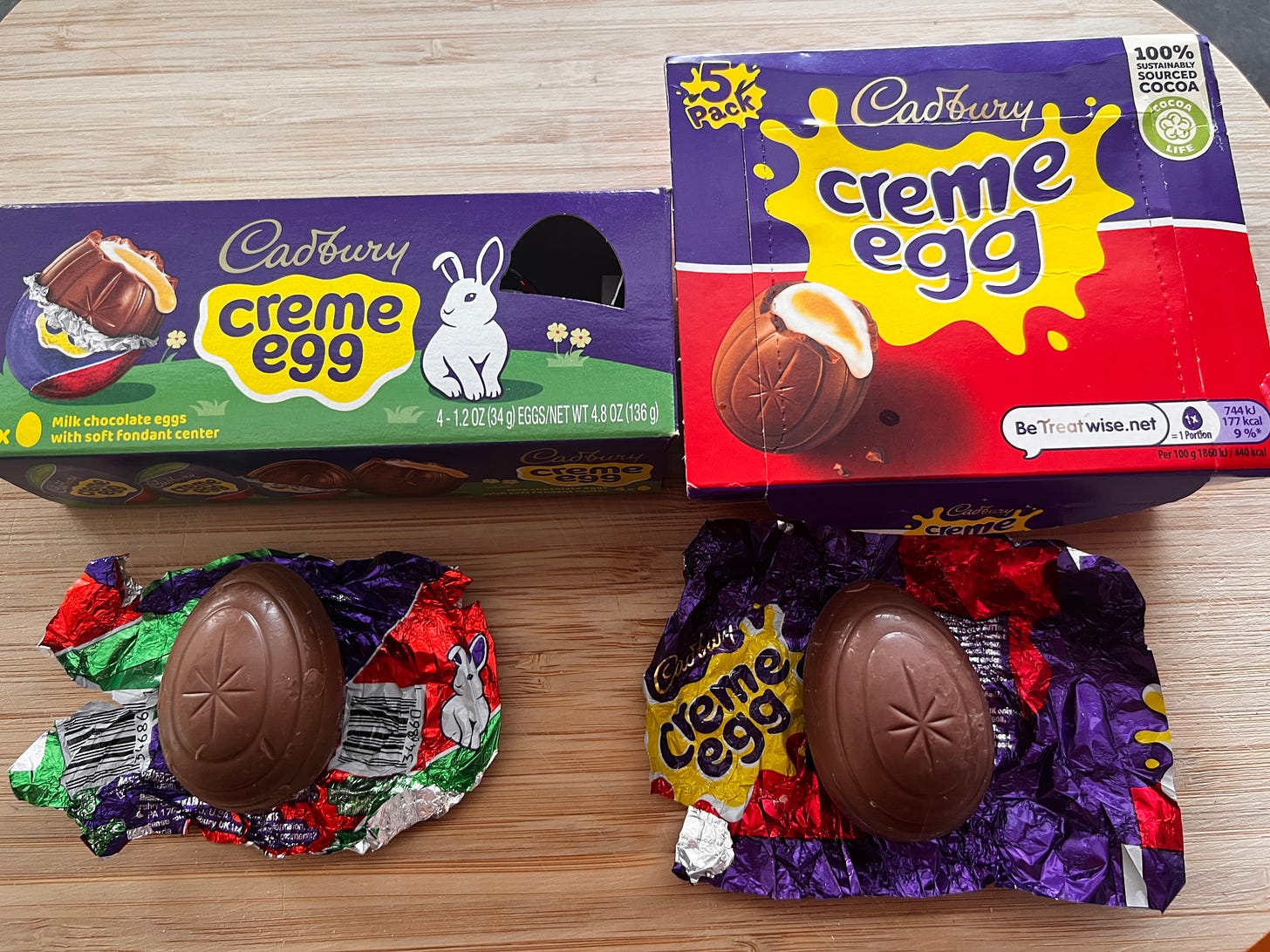
The box I purchased in the US contained four 34 gram Creme Eggs (indeed, smaller than the 40 gram Creme Eggs I brought over from the UK).
After comparing the size, we cut the eggs open to have a look.
And instantly I thought of the phrase I heard a thousand times in Thailand:
The UK eggs looked creamier with a soft fondant that started to pour out – whereas the creme in the US egg was more firm.
Then we went in for the taste test.
After trying them both, I was reminded why I was never a fan of Creme Eggs growing up in US.
The three of us agreed that the UK Creme Eggs definitely tasted better.
But for those who can’t get Creme Eggs from the UK (or who don’t like the traditional Cadbury’s Creme Egg), there are other options to try.
Forbes reported that “at least” 25 different Creme Eggs were available, including the Marble Egg (a mix of Dairy Milk and Dream chocolates), the Jaffa egg (dark chocolate with an orange filling), and the Oreo Cream egg.
But the traditional Creme Eggs continue to dominate sales.
During “Creme Egg Season” (i.e. New Year’s Day to Easter) Cadbury’s Creme Egg is the UK’s top selling confectionary item.
The Bournville, England factory makes 1.5 million Creme Eggs every day to keep up with demand.
So if you enjoy any type of Creme Egg, stock up now – before they disappear until next year!
One more thing…
So, how do you eat yours?
After the “How do you eat yours?” campaign, Cadbury conduct a survey to find out how people actually ate their Creme Eggs.
Here’s what they discovered:
53% bite the top and lick out the cream before eating the rest of the chocolate
20% bite straight through
6% scoop out the filling with their finger
What’s up with the Creme Egg Thieves in England?
In February 2023, British Creme Egg fans had a fright when a thief stole 200,000 Creme Eggs from a Telford, UK industrial facility.
Thankfully, police “cracked” the case quickly, and the Creme Eggs were returned unharmed.
And in March 2025, a shoplifter was caught stealing 325 Cadbury Creme Eggs from a petrol (gas) station in Peterborough, England.
Police quickly caught the egg thief who had stuffed boxes into his jacket and duffel bag.
Seriously good?
In 2019, someone thought merging Heinz mayonnaise with Creme Eggs was a good idea…
I question if this was “seriously good.”
Want to hear more thoughts on curiosity?
What Do You Know to Be True?
Roger Kastner asked me this question for his podcast of the same name.
Curious what I know to be true?
Check out our conversation: “Following Your Curiosity to Find Truth and Joy with Beth Collier” on YouTube, Apple Podcasts, or Spotify.
I also had the opportunity to chat all things communication and curiosity recently with Katie Macaulay on The Internal Comms Podcast.
Have a listen and find out how my high school’s motto inspired me — and what I learned from all those high-flying execs I encountered when I was photocopying (and faxing!) their documents in Hollywood.
You can listen to our conversation on Spotify or Apple podcasts.
How Can I Help?
I’ll keep saying it: Communication matters.
If you want to improve your communication (and get all the good things that come with that), I’m your gal.
So many companies could reap significant benefits – from performance and culture to retention and engagement – by improving their communication.
So, if you know someone who could benefit from some help (as even the most seasoned leaders do), please get in touch and check out my website for more information.
You can also see my Top 10 list of what I can (and can’t) do for you here.
And if you see any communication examples (the good, the bad, and the ugly) that you think are worth analyzing or sharing, please send them my way!
Until next time, Stay Curious!
-Beth

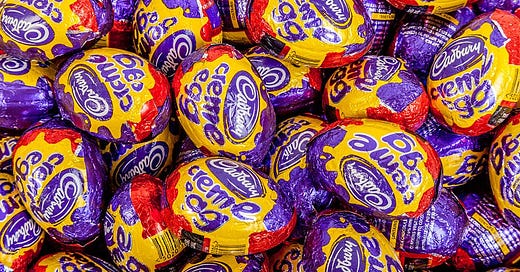



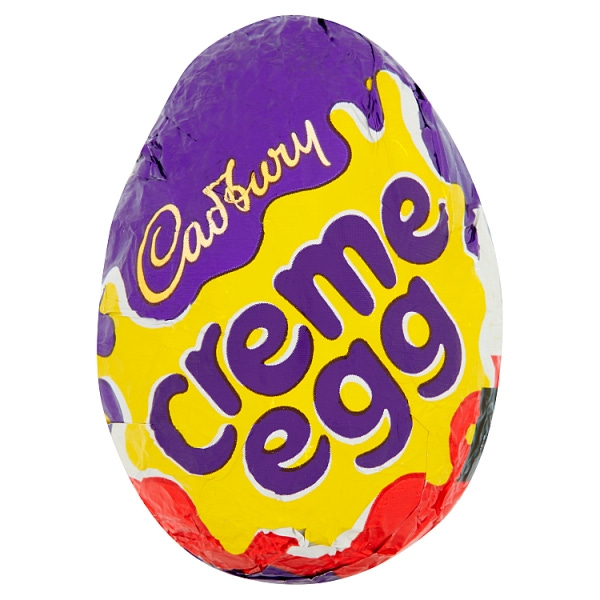

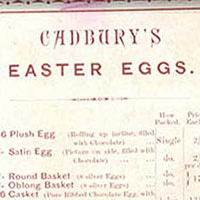
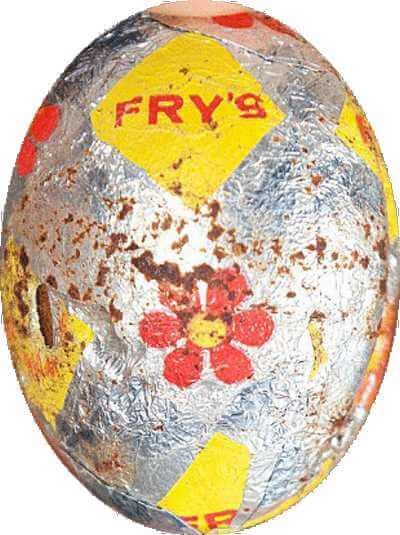
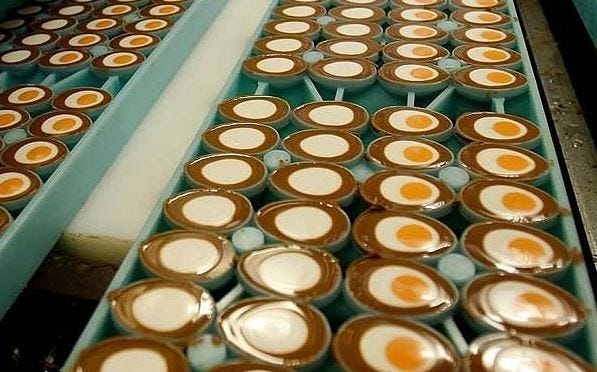


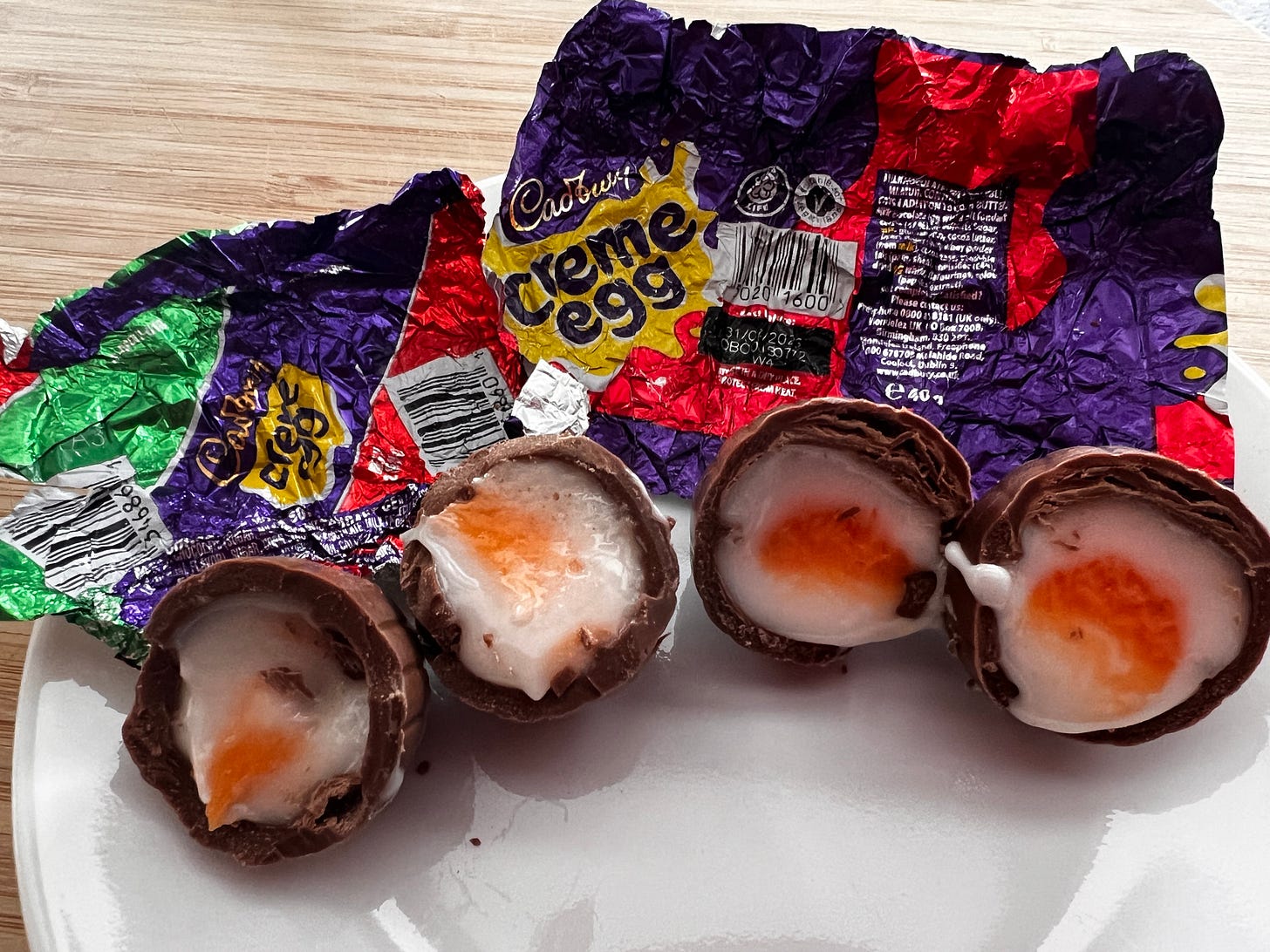



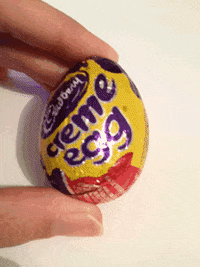


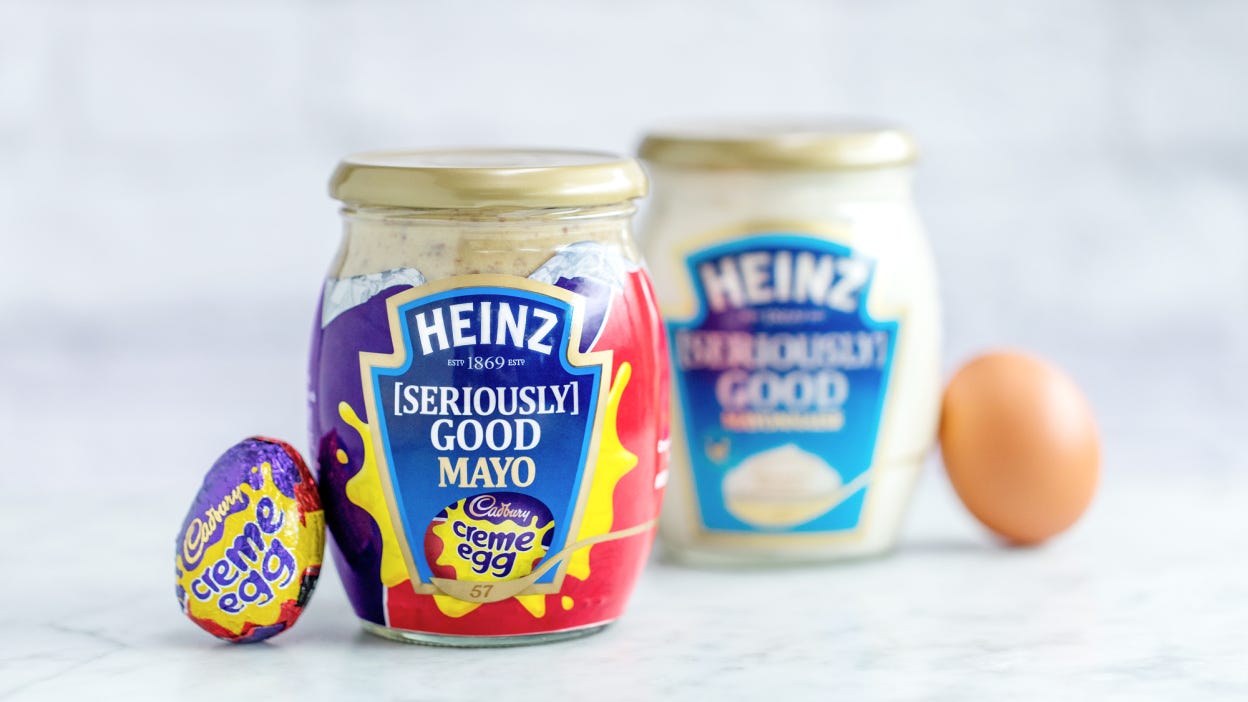



“I question if this
was seriously good.” 😂
I rarely touch them. The fondant centre is far too sickly for my tastes.